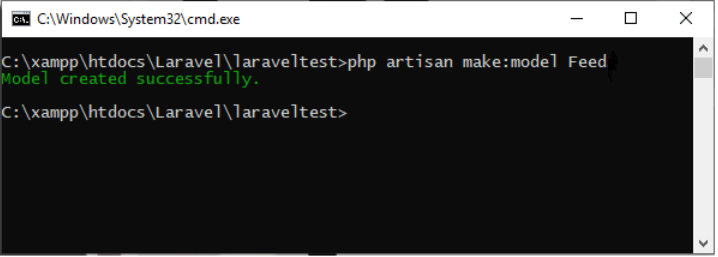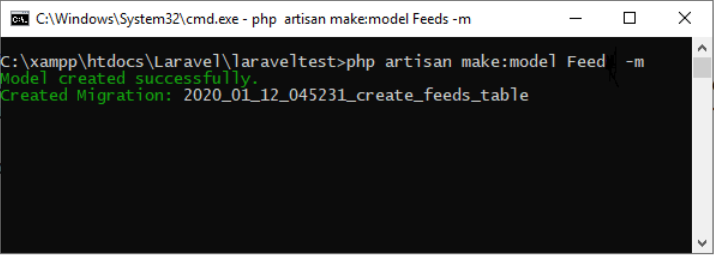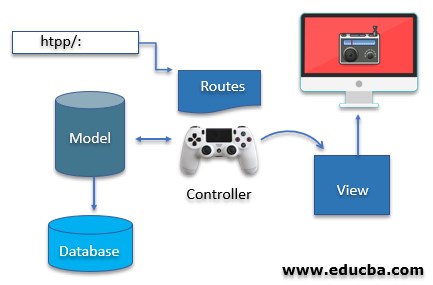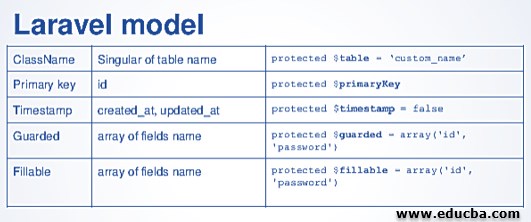Updated April 10, 2023
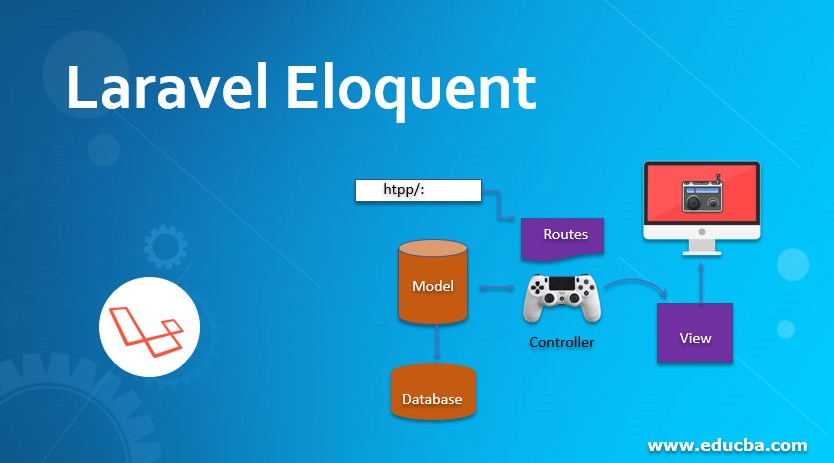
Introduction to Laravel Eloquent
A PHP Laravel Framework is packaged along with the Eloquent Object Relational Mapper (ORM). It provides the convenience of easily communicating with the database. Most developers must build very complex and highly composite applications or websites and prefer not to go through a longer process. Laravel eloquent assists in providing a hassle-free and short route to develop their website or application as per the need. Laravel offers suitable solutions to many technical problems encountered and also increases the speed of development. Laravel Eloquent can easily serve multiple database platforms and perform many common operations in the database.
Understanding Laravel Eloquent
It is an advanced and complex method of PHP execution. You can work with your database very easily with the help of simple ActiveRecord implementation. With this, any developer can work on multiple databases, which in the bargain will save time and run the processes faster and quicker. The pattern that it has is an architectural pattern wherein the model made in the Model-View-Controller (MVC) structure directly corresponds or co-relates with a table in the database. A developer will not have to do lengthy coding of SQL queries, and the models will perform the common database operations very easily. The data querying in the tables is allowed, and the insertion of the new record into the table is possible. Laravel Eloquent, in short, helps to do a simplified synchronization of the multiple databases which are running on many different systems. Your primary responsibility is just to define database tables and the relations which exist between them. The Eloquent is customized to do all the other jobs without your interference.
Laravel Eloquent ORM has an in-built model of relationships that helps or allows manipulating a table in the database. There is a benefit of also manipulating all related data in the database. The Eloquent models all live in the app directory, and the eloquent models live in the extension Illuminate/Database/Eloquent/Model.
1. Commands for creating the models
Php artisan make: model Feed2. The Migration of the Database
Whenever you are in need of migration while you are creating the model, this option can be conveniently used:
Php artisan make: model Feed –MigrationOR
Php artisan make: model Feed --m3. Exploring the Structure of the Feed Model
<?php
namespace App;
use Illuminate\Database\Eloquent\Model;
class Feed extends Model
{
//
}Given above is the structure of coding of the Feed Model.
How does Laravel work?
Laravel helps you build projects and do multitasking in technical operations, wherein a developer can easily configure the data in a big number within a short span of time. There is a basic structure of formatting inside which there are many folders that are elaborative, and we can run all the commands and give directions to orient Laravel to prepare the expected database as per our interest.
Given above is the root directory of Laravel. This clearly explains the formatting and the main folders and subfolders that act in response to the commands and store information accordingly.
Laravel does routing of the data as per the communication process in its directory on the developer’s command. There are automated options available and can be produced in an instance without any worry as they are configured for quick work. The above image describes the format for one single project in the process.
The above diagram explains the working of Laravel as a programming application in which you can see a directional self-explanation of the working of the Laravel to produce an application in a short span of time. Routes are used here to map URLs to the designated controller actions.
The Mode-View-Controller format is noticeable in the image above.
- Controllers – They are used to handle the requests from the users. They also retrieve data, and this is done by leveraging Models.
- Models – They interact with the database and retrieve the information of the object.
- Views – They simply render the existing pages.
The Laravel Model explained
Let us look at a table that defines the Laravel Model to understand the class name and the table name with their appropriate coding data.
1. Reviewing Primary key and Timestamp
Eloquent assumes that each of the tables has its own primary key column named id. Eloquent also assumes that the primary key in the database is actually a numeric integer value. If you want to use a non-numeric primary key, then the value of the property must be set to false.
Eloquent is expected to presume that created_at and updated_at columns exist in the table database. On setting the value of the property to false, you will stop Eloquent from automatically managing the described columns. The customization of the format of the timestamps is possible and is easy too. Date attributes can be stored in the database too.
2. Database connection
There is a pre-configuration done, and by default, all the eloquent models use the database connection, which is set and configured by default. The $connection property is used to specify and direct a different database connection for the model.
<?php
namespace App;
use Illuminate\Database\Eloquent\Model;
class Flight extends Model
{
/**
* The connection name for the model.
*
* @var string
*/
protected $connection = 'connection-name';
}3. Possibility of retrieving multiple Models
Each of the eloquent models that are present is actually a very powerful Query Builder. Once you are done building the model and also the associated database table, you can conveniently extract or retrieve the data you need from the database.
Pros and Cons of Laravel Eloquent
| Pros | Cons |
| Model Relationship | Increases SQL execution time |
| Easy to Use | Learning takes time |
| Code readability | Handles complex SQL queries |
Conclusion
We understand the use of Laravel Eloquent being available for simplifying complex functions to save the time and effort of the developer. It is one of the finest available functions of the Laravel application.
Recommended Articles
We hope that this EDUCBA information on “Laravel Eloquent” was beneficial to you. You can view EDUCBA’s recommended articles for more information.
